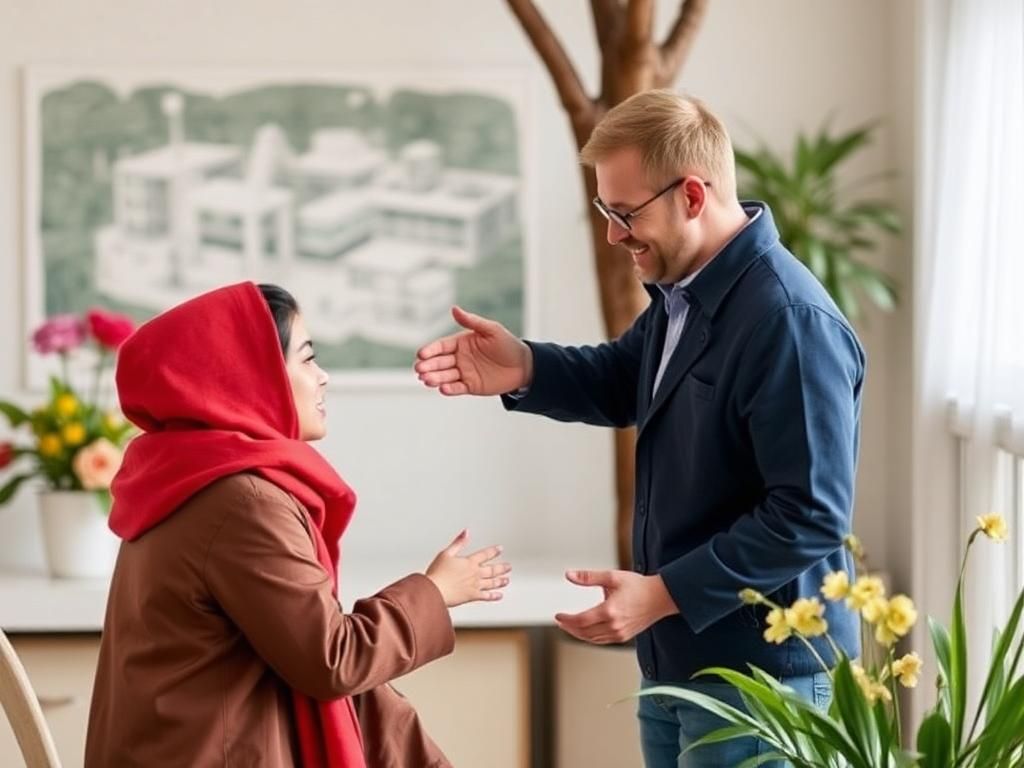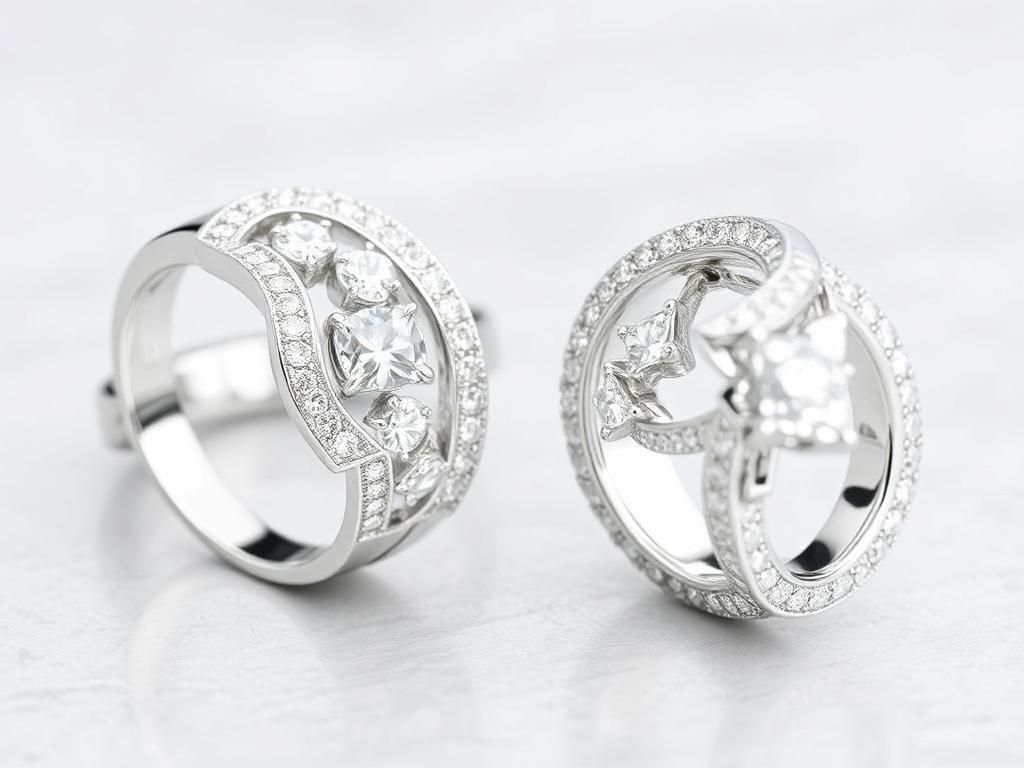In everyday communication, greetings serve a vital role in setting the tone and establishing rapport. One of the most ubiquitous phrases encountered in both personal and professional exchanges is, “Hope you are doing well.” This innocuous expression carries deeper meanings, reflecting care, politeness, and the desire for connection.
Understanding the nuances of this phrase is essential for responding appropriately. This article aims to provide you with the necessary insights and examples for crafting meaningful replies to the often-asked “answer to hope you are doing well.” Whether for professional networking or casual conversation, our exploration will enhance your communication skills significantly.
Understanding the Phrase
The Context of “Hope You Are Doing Well”
The phrase “Hope you are doing well” is often employed in various contexts—ranging from formal corporate emails to casual texts with friends. Its connotations involve a sense of care and concern for the recipient’s well-being. The greeting’s frequency varies among cultures; in some, it is standard procedure, while in others, more personalized greetings may be preferred.
When is it Commonly Used?
Typically, you might find this phrase in:
- Emails and text messages: An essential inclusion in correspondence, signaling the beginning of a message.
- Follow-up communications: Often functions as a segue when checking in on someone.
- Networking and professional settings: Used as a polite prelude to more substantive dialogue.
Different Situations to Respond
Formal Situations
In formal contexts, such as job applications or business meetings, it is crucial to maintain professionalism in your tone. Responses should be crafted with a focus on clarity and respect. Here are some examples:
- Example 1: “Thank you for your message. I am doing well and hope the same for you.”
- Example 2: “I appreciate your kind words. I am well, thank you.”
Casual Situations
When responding in informal contexts, such as friendly conversations or chats with family, a more relaxed tone can be adopted. Here are a few suggestions for casual responses:
- Example 1: “Thanks! I’m doing great—hope you are too!”
- Example 2: “I’m well; just got back from a weekend trip. How about you?”
Responses in Crisis or Difficult Times
In challenging situations, such as experiencing personal loss or hardship, your reply should acknowledge the circumstances without becoming overly somber. Here are personal responses for such sensitive contexts:
- Example 1: “Thank you for checking in. It’s been a tough time, but I appreciate your support.”
- Example 2: “I’m hanging in there, thank you for your concern. How about you?”
Crafting an Appropriate Response
Consider the Relationship
When crafting your reply, it’s important to analyze the level of familiarity with the sender. Tailor your response based on whether the relationship is casual, professional, or somewhere in between.
Maintaining Tone and Language
Your choice of words should align with the relationship context. For instance, a formal tone may include phrases like “I appreciate” while a friendly tone may lean towards “Thanks a lot!.” Sincerity is crucial—be genuine in your replies to foster stronger connections.
Timing and Length of Response
Timeliness in responding can significantly impact interpersonal relationships. Quick responses demonstrate attentiveness, while delayed replies may unintentionally signal disinterest. Keeping responses concise yet informative is ideal, but elaborating on mutual interests can encourage deeper conversations.
Examples of Responses
Sample Formal Responses
- “Thank you for your message. I am doing well and hope the same for you.”
- “I appreciate your kind words. I am well, thank you.”
Sample Casual Responses
- “Thanks! I’m doing great—hope you are too!”
- “I’m well; just got back from a weekend trip. How about you?”
Sample Responses in Challenging Situations
- “Thank you for checking in. It’s been a tough time, but I appreciate your support.”
- “I’m hanging in there, thank you for your concern. How about you?”
Best Practices for Responding
Personalizing Your Reply
To enhance your response, reference specific topics or events shared between you and the sender, which adds more depth to the conversation. For example, “It was great to hear about your recent promotion! How are you adjusting to the new role?”
Follow-Up Strategies
After the initial response, following up is just as important. It keeps the dialogue going and shows genuine interest in maintaining the relationship. Simple follow-up queries such as, “What have you been up to lately?” can reignite engaging conversations.
Table of Key Response Situations
| Context | Example Responses | Recommended Tone |
|---|---|---|
| Formal | “Thank you for your message. I am doing well.” | Professional |
| Casual | “Thanks! I’m doing great—hope you are too!” | Friendly |
| Crisis | “Thank you for checking in. It’s been a tough time.” | Empathetic |
FAQs
1. What does “Hope you are doing well” mean?
This phrase serves as a greeting expressing care for someone’s well-being.
2. When should I use a formal response?
Use formal responses when communicating in professional contexts, such as emails or job applications.
3. How can I personalize my answer to “Hope you are doing well”?
You can reference specific shared experiences or recent events to tailor your response meaningfully.
4. What if I don’t feel well when responding?
It’s acceptable to express that you’re not at your best while also showing appreciation for their concern.
5. Should I always respond to greetings like this?
While it’s good practice to respond, the level of engagement can depend on the relationship’s formality and context.
6. How do I keep the conversation going?
Ask about the sender’s current events or opinions to encourage further dialogue.
7. Is it important to respond quickly?
Timely responses demonstrate respect and attentiveness to the conversation.
8. Can I use humor in my response?
Humor can be appropriate in casual contexts, but ensure it aligns with the recipient’s personality.
9. How do cultural differences affect greetings?
Different cultures have varying norms for greetings, which can influence how you respond to this phrase.
10. What resources can I consult for improving communication skills?
Refer to articles on resources like MindTools or books on effective communication.
Now you are equipped to respond thoughtfully to “Hope you are doing well.” Whether formal or casual, personalizing your response will ultimately strengthen your relationships and contribute meaningfully to your conversations.


